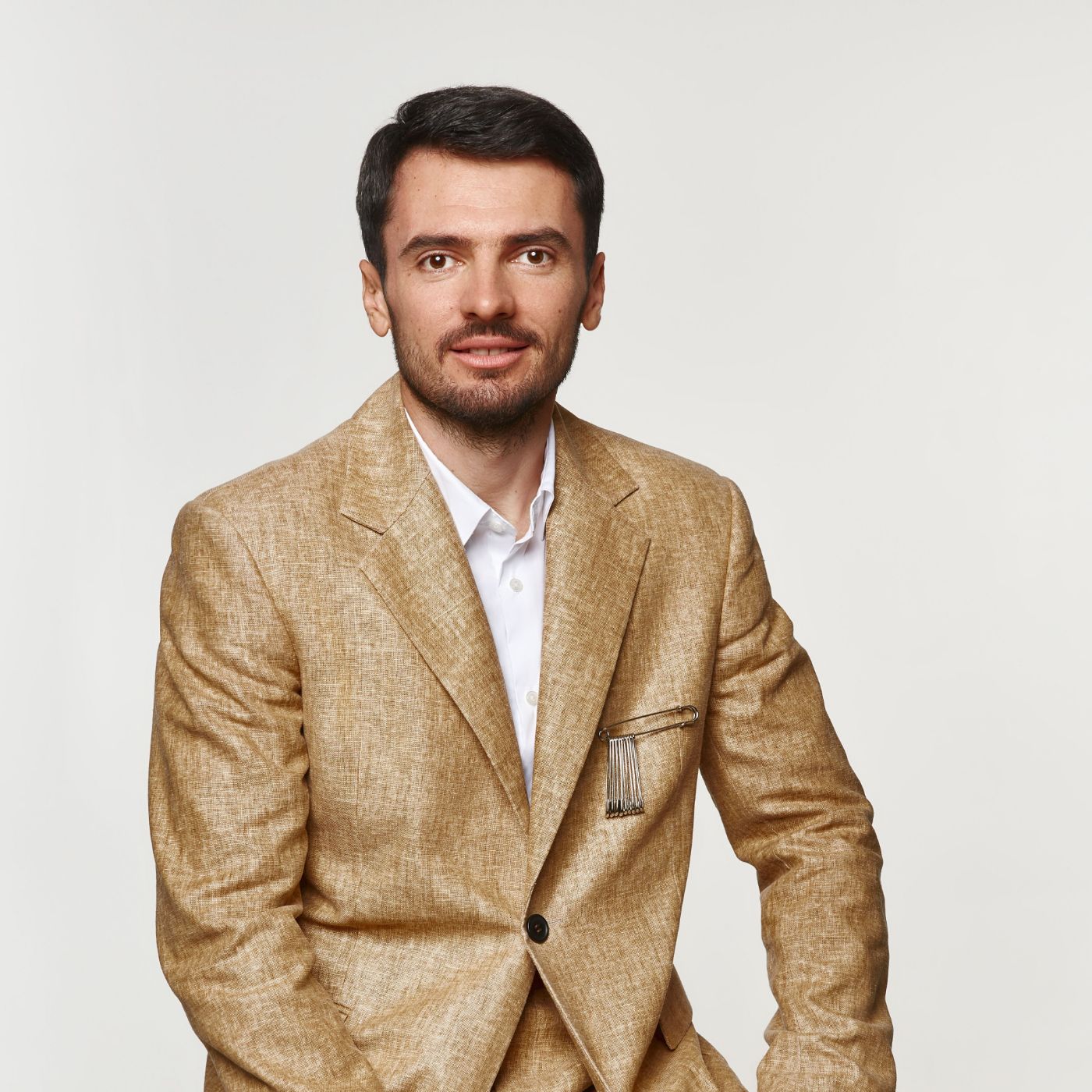135 reads
Medical Data Protection: Empowering a Privacy-driven Future With Web 3
by
December 21st, 2023
Audio Presented by

CEO and Co-Founder of DeHealth. Cyber War Strategist, global health and blockchain expert.
Story's Credibility



About Author
CEO and Co-Founder of DeHealth. Cyber War Strategist, global health and blockchain expert.
